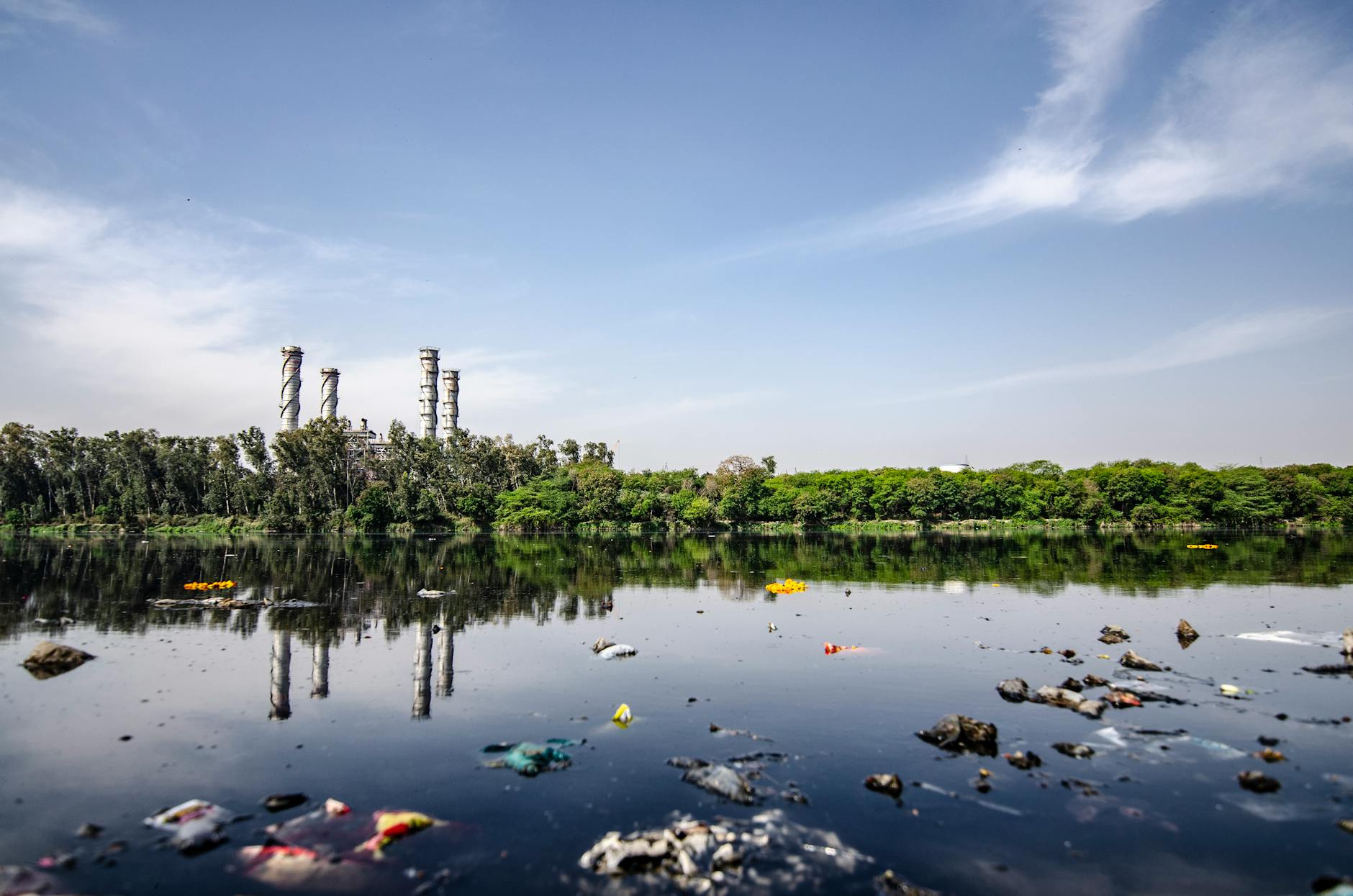How Climate Change is Altering Traditional Weather Patterns: A Deep Dive
Climate change, driven primarily by human activities releasing greenhouse gases into the atmosphere, isn’t just about warmer temperatures. Its most disruptive and far-reaching consequence lies in the significant alterations it’s causing to traditional weather patterns globally. These changes affect everything from agricultural yields and water resources to natural disaster frequency and intensity, impacting societies and ecosystems in profound ways. Understanding these shifts is crucial for adaptation and mitigation efforts.
Increased Frequency and Intensity of Extreme Weather Events:
One of the most visible and alarming effects of climate change is the surge in extreme weather events. Scientists are increasingly confident in attributing the intensification of heatwaves, droughts, floods, and storms to the changing climate.
Heatwaves: The average global temperature has increased, and this warming amplifies the likelihood of extreme heat events. Heatwaves are becoming more frequent, longer-lasting, and hotter. These events strain infrastructure, cause heatstroke, and contribute to wildfires. Shifting jet stream patterns, influenced by Arctic warming, can cause heatwaves to become stalled, leading to prolonged periods of intense heat.
Droughts: Warmer temperatures increase evaporation rates, drying out soils and vegetation. Changes in precipitation patterns, linked to altered atmospheric circulation, can exacerbate drought conditions in already arid regions. The American Southwest, for instance, is experiencing prolonged “megadroughts” of a severity not seen in centuries, threatening water supplies and agricultural productivity.
Floods: Warmer air holds more moisture, leading to more intense rainfall events. This increased moisture, coupled with rising sea levels, elevates the risk of both inland and coastal flooding. “Atmospheric rivers,” concentrated plumes of moisture, are becoming stronger and more frequent, dumping unprecedented amounts of rainfall in short periods, overwhelming drainage systems and causing widespread inundation. Rapid snowmelt, triggered by warmer temperatures, also contributes to flooding in mountainous regions.
Storms: The intensity of hurricanes and cyclones is increasing, fueled by warmer ocean temperatures. Warmer waters provide more energy for these storms to develop, leading to stronger winds and heavier rainfall. Furthermore, rising sea levels increase the risk of storm surge, which can inundate coastal communities. Changes in atmospheric circulation patterns also influence the tracks of these storms, potentially shifting their paths and impacting previously unaffected areas.
Shifts in Precipitation Patterns:
Climate change is not just altering the amount of precipitation, but also its distribution. Some regions are experiencing more intense rainfall and flooding, while others are becoming drier and more prone to drought. These shifts in precipitation patterns have significant implications for agriculture, water resources, and ecosystems.
Regional Variations: The Mediterranean region is projected to become significantly drier, while parts of Southeast Asia are expected to experience increased rainfall. These regional variations are driven by complex interactions between atmospheric circulation patterns, ocean currents, and local topography.
Snowfall Reduction: Warmer temperatures are leading to a decline in snowfall in many regions, impacting water resources that rely on snowmelt. This reduction in snowpack affects water availability for agriculture, hydropower generation, and municipal water supplies.
Rainfall Intensity: Even in regions where overall precipitation remains the same, climate change is often leading to more intense rainfall events, interspersed with longer dry spells. This pattern makes it more difficult to manage water resources and increases the risk of both flooding and drought.
Altered Atmospheric Circulation:
The Earth’s atmospheric circulation patterns, such as the jet stream and Hadley cells, play a crucial role in distributing heat and moisture around the globe. Climate change is disrupting these patterns, leading to further alterations in weather patterns.
Weakening Jet Stream: The jet stream, a high-altitude wind current, is becoming weaker and more meandering due to the reduced temperature difference between the Arctic and lower latitudes. This meandering jet stream can cause weather patterns to become stalled, leading to prolonged periods of heatwaves, droughts, or heavy rainfall.
Expansion of Hadley Cells: Hadley cells, which circulate air between the equator and the subtropics, are expanding poleward. This expansion is causing subtropical deserts to spread and is altering precipitation patterns in mid-latitude regions.
Changes in El Niño-Southern Oscillation (ENSO): Climate change is influencing the frequency and intensity of El Niño and La Niña events, which are major drivers of global weather patterns. Changes in ENSO can affect precipitation patterns, temperature extremes, and the frequency of tropical cyclones.
Impacts on Seasons:
The timing and duration of seasons are also changing due to climate change. Warmer temperatures are causing spring to arrive earlier and autumn to arrive later, altering the growing season for plants and impacting animal migration patterns.
Earlier Spring: Warmer temperatures are causing plants to bloom earlier in the spring, which can disrupt the timing of pollination and impact agricultural yields.
Later Autumn: The growing season is being extended in some regions, but this can also lead to increased water demand and pest infestations.
Shorter Winters: Warmer winters are reducing snowpack and ice cover, impacting water resources and recreational activities.
Ocean Acidification and its Weather-Related Consequences:
While not a direct driver of immediate weather phenomena, ocean acidification, caused by the absorption of excess carbon dioxide from the atmosphere, has long-term implications that indirectly impact weather. A less healthy ocean absorbs less CO2, potentially exacerbating climate change and its related weather consequences. Changes in ocean currents, also linked to climate change, can further alter weather patterns by redistributing heat around the globe.
Impact on Agriculture and Food Security:
The altered weather patterns are having a significant impact on agriculture and food security. Changes in precipitation patterns, temperature extremes, and the frequency of extreme weather events are all affecting crop yields and livestock production.
Crop Failures: Droughts and floods are causing widespread crop failures, leading to food shortages and price increases.
Livestock Stress: Heatwaves are stressing livestock, reducing milk production and increasing mortality rates.
Pest and Disease Outbreaks: Warmer temperatures are allowing pests and diseases to spread more easily, further impacting agricultural yields.
Geographic Vulnerabilities:
Certain regions are disproportionately vulnerable to the impacts of climate change-altered weather patterns. Low-lying coastal areas are at risk from sea-level rise and increased storm surge. Arid and semi-arid regions are particularly vulnerable to drought. And mountainous regions are facing reduced snowpack and increased flooding.
Conclusion:
The alteration of traditional weather patterns by climate change is a complex and multifaceted issue with far-reaching consequences. Understanding these changes is crucial for developing effective adaptation and mitigation strategies to protect societies and ecosystems from the impacts of a changing climate. By reducing greenhouse gas emissions and investing in climate resilience measures, we can mitigate the severity of these changes and build a more sustainable future.





